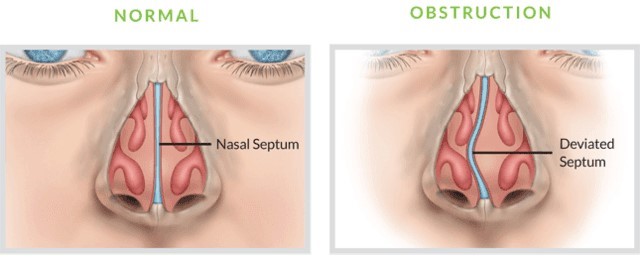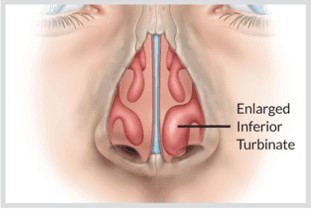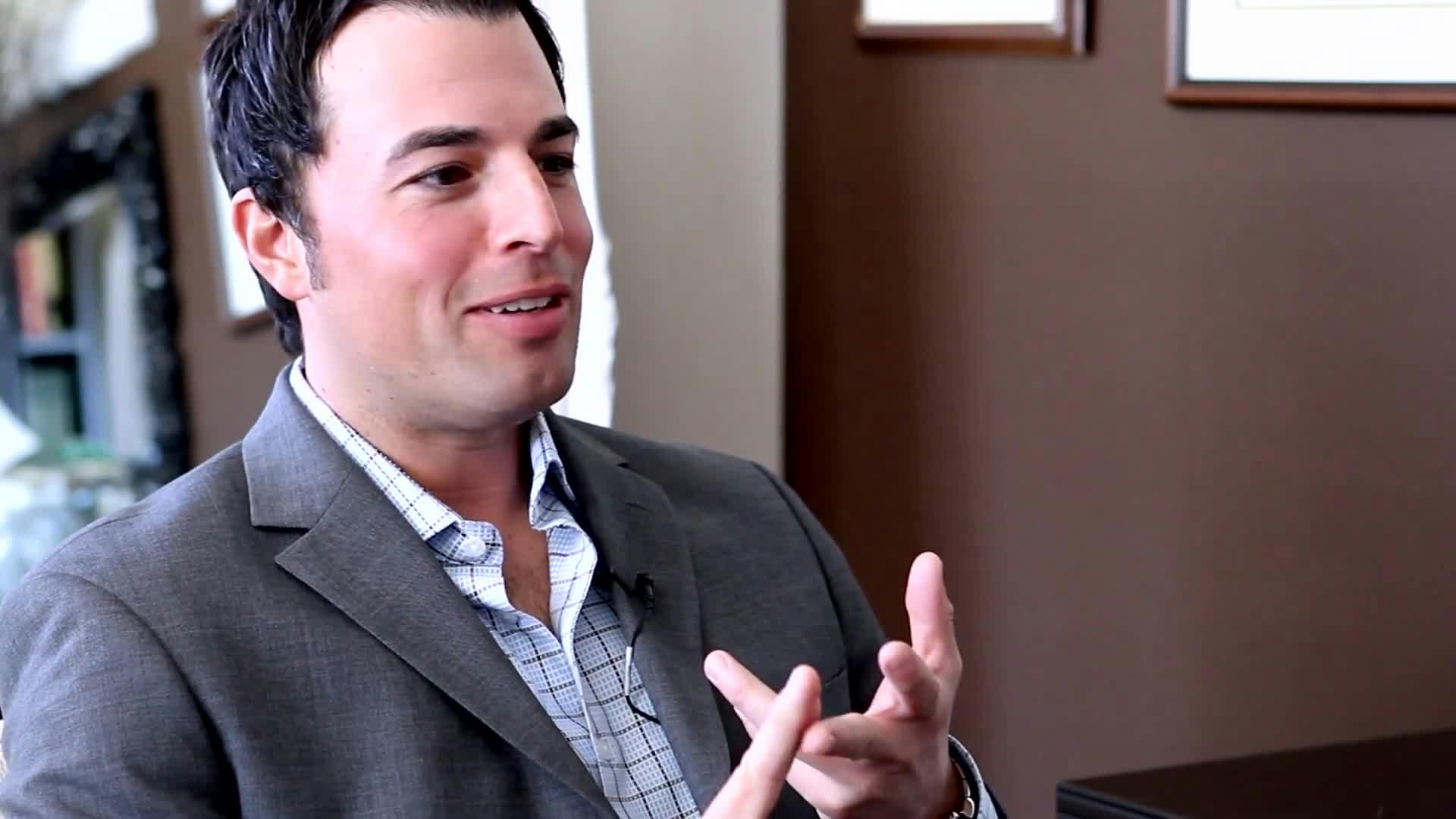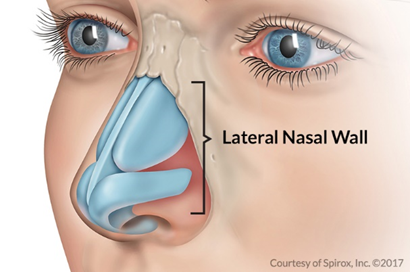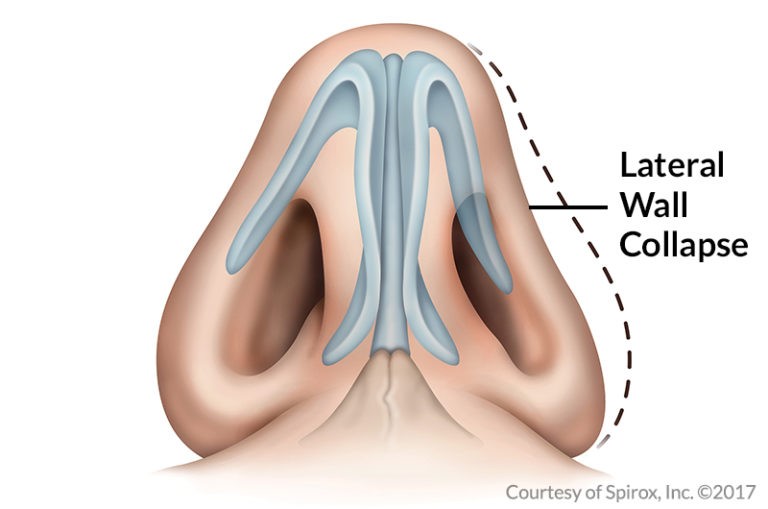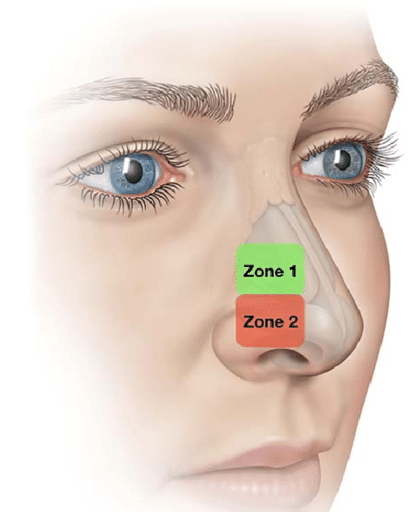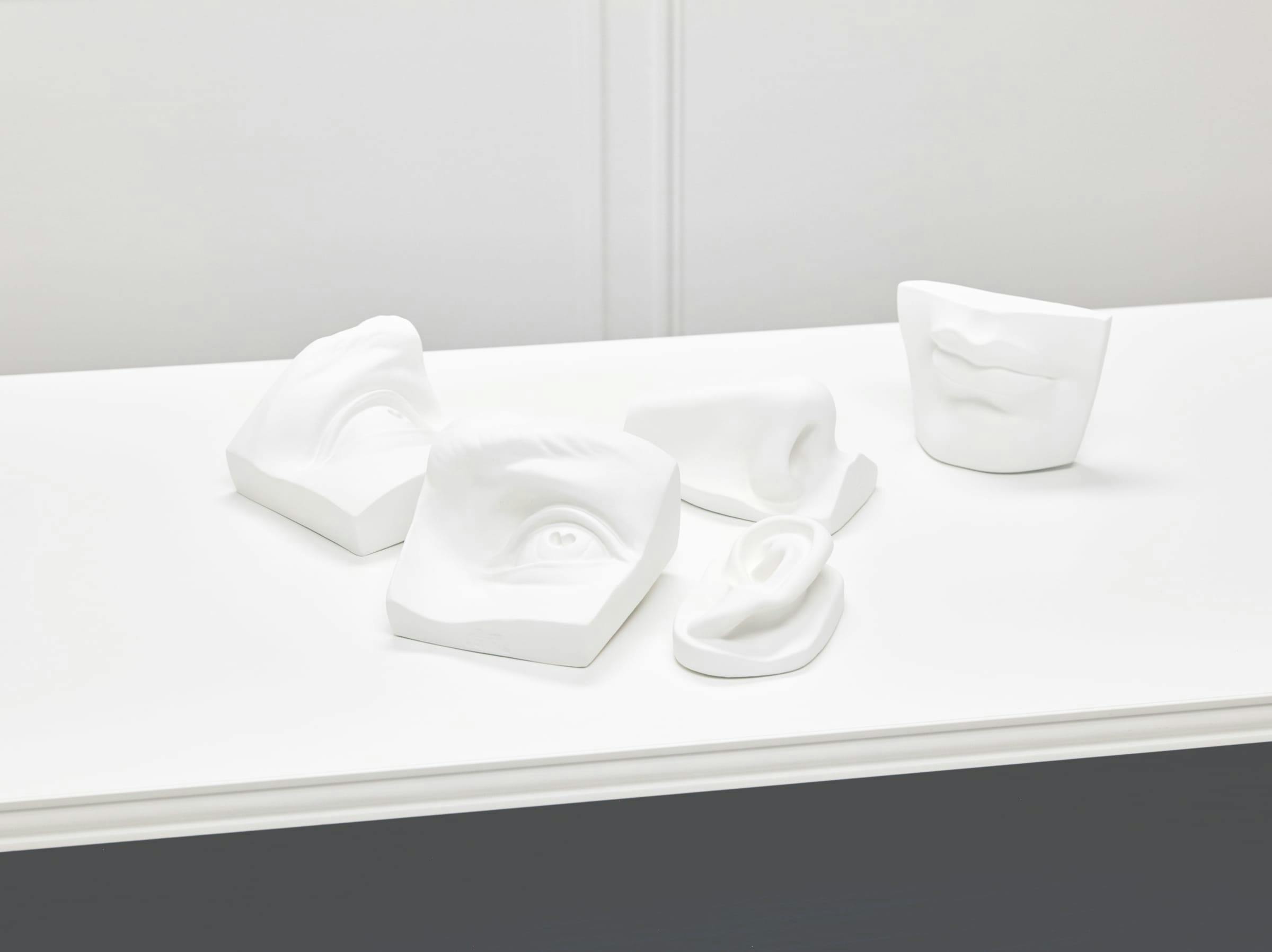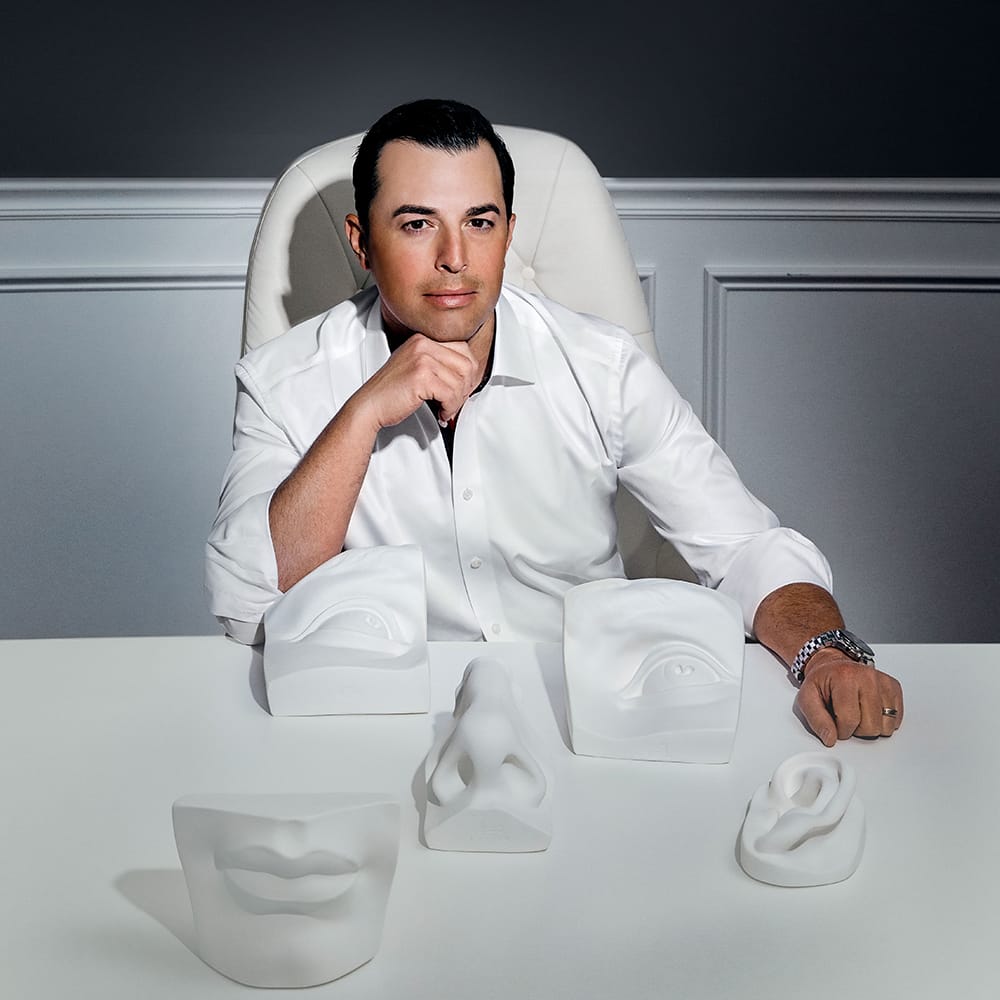Functional rhinoplasty, as it is termed, seeks to correct nasal obstruction and restore nasal function. A functional rhinoplasty can involve the repair of many areas of the nose, including the nostrils, nasal septum, and nasal valves, as well as the nasal turbinates. The nostrils and nasal tip may require repair to fix areas of instability and collapse secondary to trauma or prior surgery. A deviated nasal septum may need to be straightened to allow better airflow through the nose. Collapse of the internal and external valves, also caused by trauma or prior surgery, requires correction to also reestablish stability. Enlarged nasal turbinates may need to be reduced to allow better airflow through the nostrils.
Various other functional problems can also be present, which lead to nasal obstruction. Dr. Corrado is board certified in both Facial Plastic Surgery and Otolaryngology (ear, nose, and throat surgery), providing him expert knowledge in dealing with all functional and cosmetic nasal issues. A thorough consultation with Dr. Corrado will allow him to accurately diagnose your cause of nasal obstruction and allow him to offer treatment to restore normal nasal function. This procedure is not considered an elective cosmetic procedure; therefore, insurance coverage often applies.

